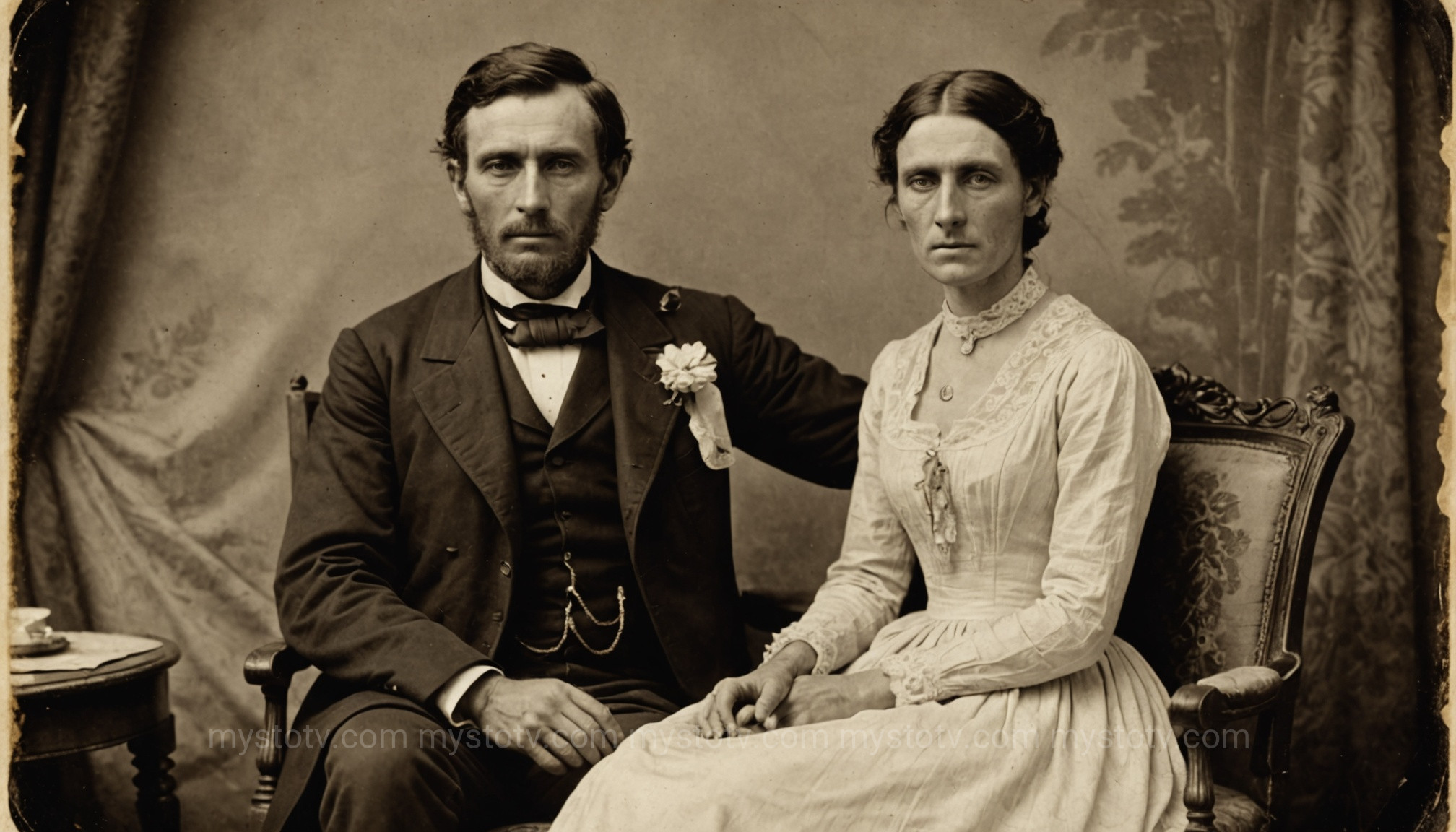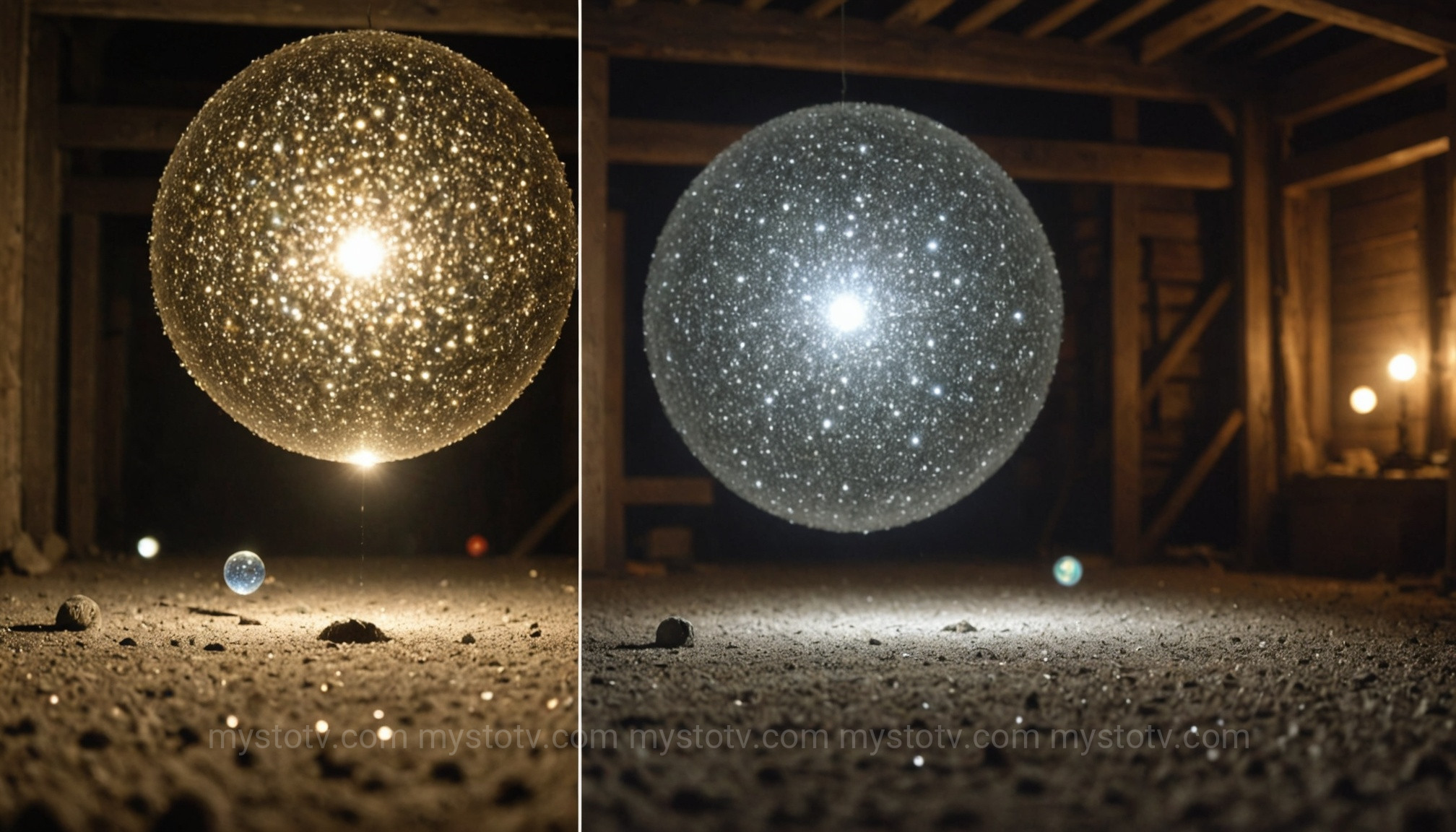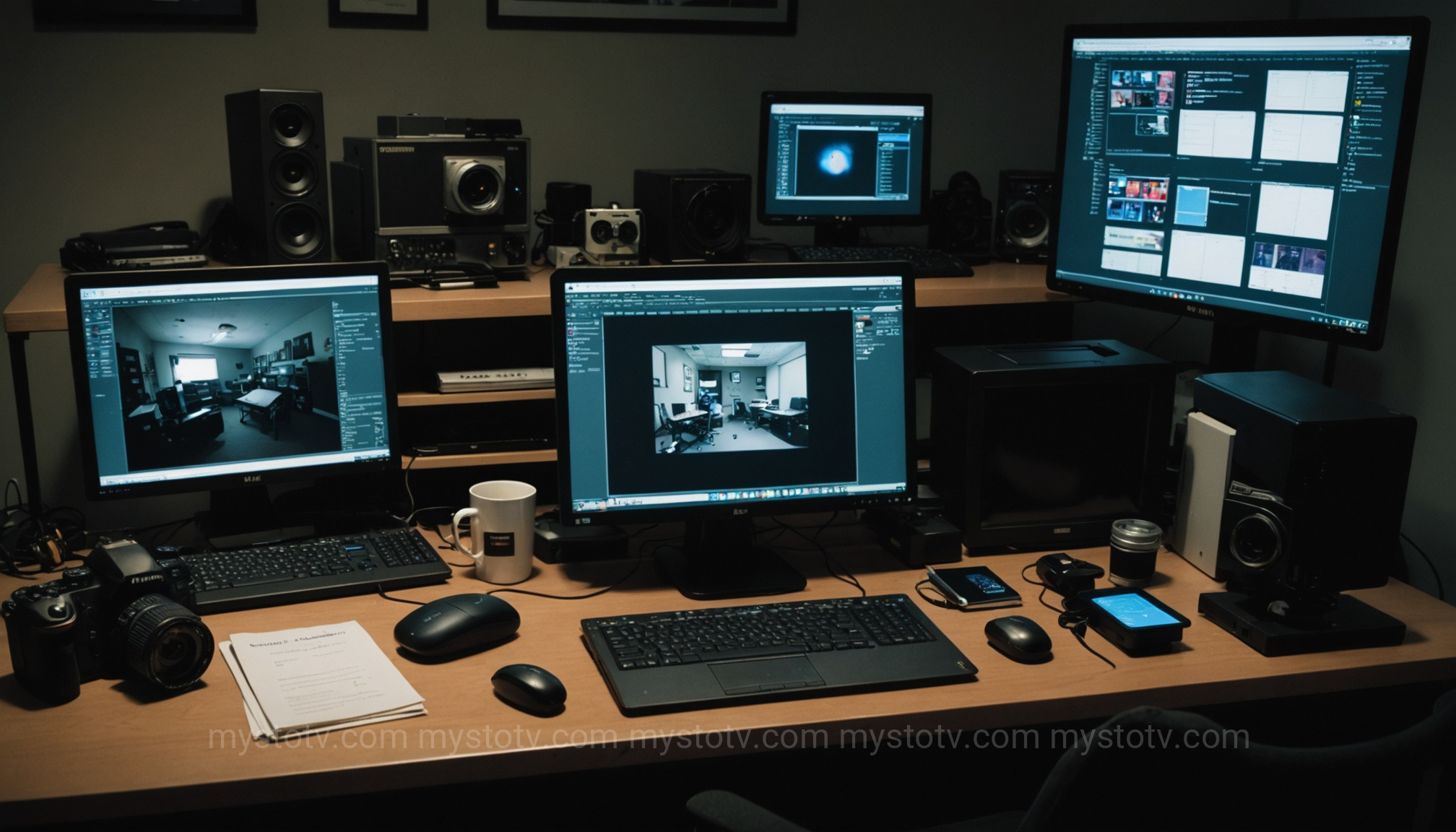Contents
- 1 The Historical Roots of Spirit Photography: A Foundational Ghost Photography Analysis
- 2 The Skeptic's Toolkit: A Ghost Photography Analysis of Hoaxes and Common Artifacts
- 3 Beyond the Obvious: A Ghost Photography Analysis of Potentially Unexplained Phenomena
- 4 Conducting a Modern Ghost Photography Analysis: Tools, Techniques, and Critical Thinking
- 5 Conclusion: The Verdict on Ghost Photography Analysis
The Historical Roots of Spirit Photography: A Foundational Ghost Photography Analysis

The practice of "spirit photography" emerged shortly after the invention of the camera itself. In the 1860s, a Boston-based engraver named William H. Mumler discovered a technique—likely accidental at first—that appeared to superimpose deceased relatives onto portraits of the living. During an era marked by the Civil War and high mortality rates, the public, desperate for a connection to their lost loved ones, eagerly embraced these images as proof of an afterlife.
An initial ghost photography analysis of Mumler's work and that of his contemporaries points directly to a common photographic technique: double exposure. By using a single photographic plate for two separate exposures, photographers could create a faint, ethereal "spirit" alongside a solid, living subject. While Mumler was eventually exposed as a fraud in a high-profile court case, the desire for such photographic evidence never faded. This historical context is crucial, as it established a precedent for both the methods of hoaxing and the powerful psychological need to believe, which continues to influence the field today. The early debate set the stage for the modern conflict between faith-based acceptance and rigorous scientific scrutiny.
The Skeptic's Toolkit: A Ghost Photography Analysis of Hoaxes and Common Artifacts
To properly evaluate a potential ghost photo, one must first be able to identify and dismiss the most common non-paranormal explanations. A comprehensive ghost photography analysis is, in many ways, a process of elimination. The vast majority of "ghost photos" can be attributed to environmental contaminants, camera mechanics, or psychological phenomena. Understanding these is the first step toward finding anything genuinely anomalous.
Deconstructing Orbs: A Technical Ghost Photography Analysis

Perhaps the most ubiquitous and misunderstood anomaly in paranormal photography is the "orb." These floating spheres of light are often presented as spirit energy or the souls of the departed. However, a technical ghost photography analysis almost invariably reveals a much more mundane cause: retro-reflection of the camera's flash off airborne particles. Dust, pollen, moisture, or even tiny insects located very close to the lens become brightly illuminated by the flash. Because they are so close, the camera cannot focus on them, rendering them as blurry, translucent circles. The shape of the orb often mimics the shape of the camera's aperture (e.g., hexagonal or octagonal), providing a clear clue to its origin. While some proponents argue for the existence of "real" orbs with their own light source, over 99% of orb photos are easily explained by basic principles of photography.
Pareidolia and Matrixing: The Mind's Role in Ghost Photography Analysis

Our brains are hardwired to find patterns, especially faces, in random stimuli. This psychological phenomenon is known as pareidolia. When we see a face in the clouds, a figure in wood grain, or a ghostly shape in smoke or steam, it's not a spirit, but our mind's pattern-recognition software working overtime. A careful ghost photography analysis must account for this powerful cognitive bias. A blurry shadow in the corner of a room might look like a lurking figure, and a wisp of fog can easily be interpreted as a human form. It is a testament to our social nature, but it is also one of the biggest sources of false positives in paranormal investigation. The key is to ask not "Does that look like a person?" but "What else could that be?" before jumping to a paranormal conclusion.
Intentional Hoaxes: From Double Exposure to Digital Deception
Just as in the days of William Mumler, deliberate fraud remains a significant factor in the world of ghost photography. The methods, however, have evolved. While historical hoaxes relied on darkroom tricks like double exposure and composite printing, modern forgeries leverage the power of digital software. Programs like Adobe Photoshop can be used to insert ghostly figures, create mists, or add other spooky effects with a realism that is difficult to detect for the untrained eye. A deep ghost photography analysis of a suspicious digital image often requires examining the image's metadata (EXIF data), looking for signs of digital compression artifacts, and analyzing lighting and shadows to ensure they are consistent throughout the scene. The ease of modern digital manipulation means that skepticism towards clear, dramatic photos from unverified sources is more warranted than ever.
Beyond the Obvious: A Ghost Photography Analysis of Potentially Unexplained Phenomena
After filtering out the orbs, the pareidolia, and the outright fakes, a small percentage of images remain that are not so easily dismissed. It is within this slim margin that the search for genuine evidence lies. This level of ghost photography analysis moves from simple debunking to a more nuanced evaluation of context, verifiability, and the nature of the anomaly itself. While no single photograph has ever been universally accepted as definitive proof, some types of images are considered more compelling than others by researchers.
Evaluating Apparitions: A Ghost Photography Analysis of Humanoid Figures
The "holy grail" of ghost photography is a clear, full-bodied apparition that was not seen at the time the photo was taken. These images are exceptionally rare. A critical ghost photography analysis of such a photo involves a rigorous investigation of the circumstances surrounding it. Key questions include:
- Who took the photo? Do they have a history of honesty?
- Were there any reflective surfaces (windows, mirrors, puddles) that could have created the figure?
- Could it be a case of motion blur or a long exposure capturing a living person moving through the frame?
- Has the original negative or digital file been examined for tampering?
Truly compelling apparition photos often feature figures that interact with the environment in some way—for example, casting a shadow or being partially obscured by furniture—which makes them harder to explain as simple superimpositions. The historical context provided by early spirit photography serves as a constant reminder that even seemingly solid figures can be a result of clever trickery, a lesson we can apply to our modern digital ghost photography analysis.
Mists and Vapors: A Ghost Photography Analysis of Ectoplasmic Forms
Another common type of unexplained anomaly is the appearance of strange mists, fogs, or "ectoplasm" in photos, often in environments where they shouldn't exist. These can be particularly difficult to analyze. Mundane explanations must be ruled out first: the photographer's own breath in cold air, cigarette smoke, or moisture condensing on the lens. However, when a distinct, moving, or uniquely shaped vapor appears in a controlled indoor environment, it warrants a closer look. An effective ghost photography analysis will compare multiple shots taken in sequence. If the mist appears in only one frame or moves in a way that defies airflow, its origins become more mysterious. Researchers often find these images compelling when they correspond with other data, such as a sudden drop in temperature or an Electronic Voice Phenomenon (EVP) being recorded at the same time.
Conducting a Modern Ghost Photography Analysis: Tools, Techniques, and Critical Thinking

The principles of good ghost photography analysis remain the same, but the tools have become far more sophisticated. Modern paranormal investigators use a wide array of equipment to not only capture images but also to gather corroborating environmental data. Full-spectrum cameras can capture light in the infrared and ultraviolet ranges, invisible to the human eye. Thermal cameras can detect anomalous cold or hot spots that may correspond with a visual anomaly. Tri-field meters can measure fluctuations in the electromagnetic field.
When analyzing a potential ghost photo today, the process should be systematic:
- Context is Key: Gather all information about when, where, and how the photo was taken. What were the environmental conditions? Who was present?
- Examine the Original: Always work from the original, highest-resolution digital file or negative. JPEGs and social media images are often too compressed and altered to be reliable.
- Rule out the Mundane: Go through the skeptic's checklist. Is it an orb? Lens flare? Pareidolia? Camera strap? A bug? Be meticulous.
- Cross-Reference Data: Was there any other evidence captured at the same time? A temperature drop? An EVP? An EMF spike? A single photo is a curiosity; a photo supported by other data is potential evidence.
Ultimately, a credible ghost photography analysis is less about finding ghosts and more about a commitment to truth, whether that truth is paranormal or perfectly normal.
Conclusion: The Verdict on Ghost Photography Analysis
So, is ghost photography a world of hoaxes or a source of real evidence? The answer, unsatisfyingly, is both. The field is saturated with fakes, mistakes, and misinterpretations. The overwhelming majority of images do not hold up to a rigorous ghost photography analysis. However, to dismiss the entire phenomenon based on the majority would be unscientific. A small, tantalizing fraction of photographs continues to defy easy explanation, challenging our understanding of the world. The true value of ghost photography analysis may not be in proving the existence of ghosts, but in teaching us to look at the world more critically, to question our own perceptions, and to appreciate the thin veil that often separates the known from the unknown. The search continues, one frame at a time.